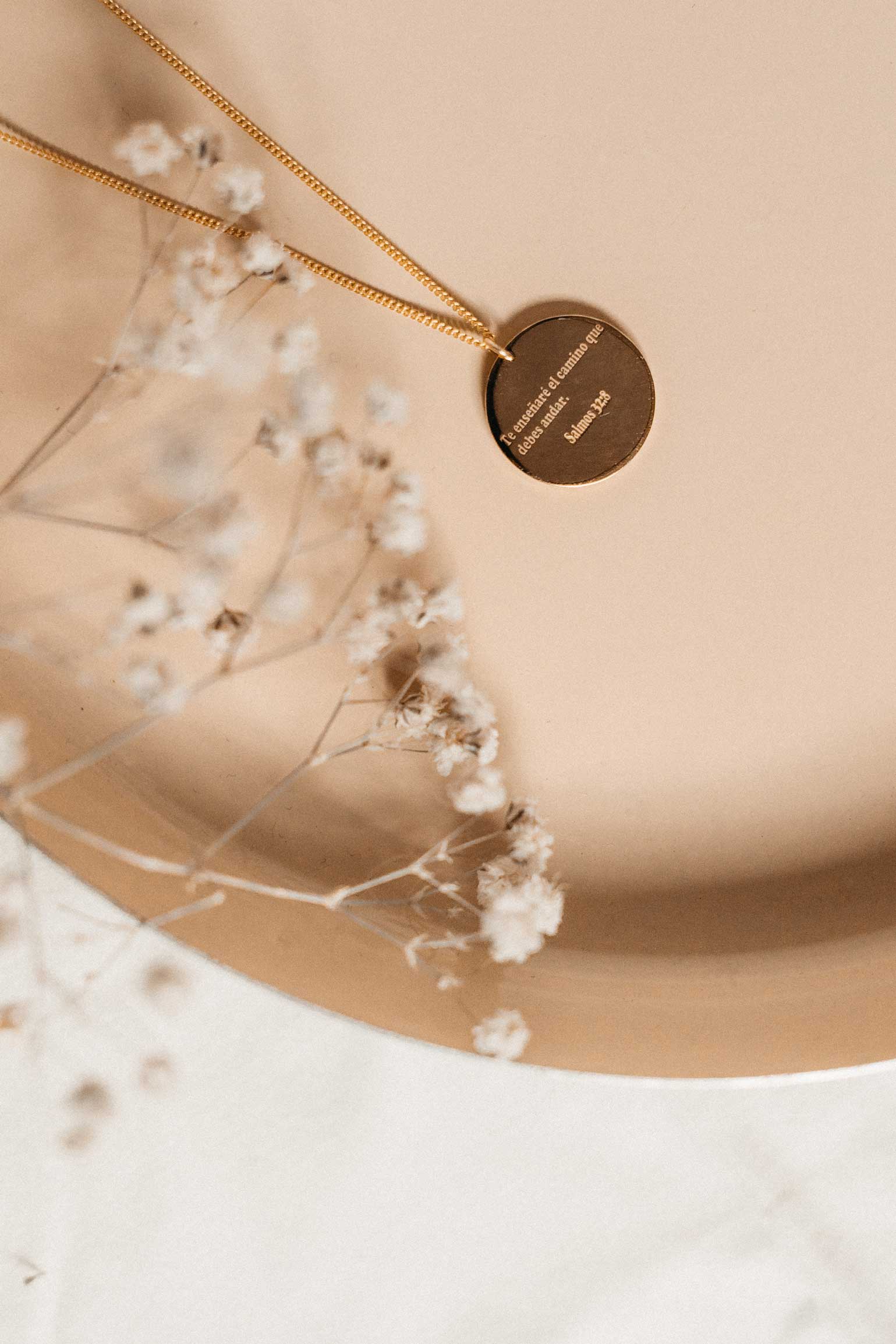Jewellery has always been an essential part of Indian culture, with a long history that spans different places, styles, and materials. From stunning gold necklaces worn by royals to beautifully beaded bangles worn by commoners, Hyderabad jewellery in India has evolved to represent the country’s rich and dynamic customs. In this blog, we will go deeper into the fascinating history of jewellery in India, tracing its origins, studying its various styles and patterns, and examining its significance in Indian society and culture. Create a robust harmful introduction to this by mentioning Nathu and Sons Jewellers.
The History of Indian Jewellery
Since ancient times, jewellery has been an essential component of Indian culture. Its roots trace back to the Indus Valley Civilization, where excavations have discovered artefacts such as gold necklaces, anklets, and bracelets crafted with beading, wire drawing, and metal engraving techniques. The making process of diamond jewellery in Hyderabad expanded, including new materials such as silver, pearls and valuable stones such as diamonds and emeralds, highly coveted for their rarity and beauty.
Regional Designs and Styles
Indian fancy jewellery is famous for its vivid and unique styles, which differ according to area, religion, and culture. South Indian light weight gold jewellery, for example, is by exquisite gold designs for headpieces, necklaces, and heavy sets. In contrast, North Indian jewellery is related to its colourful backgrounds and intricate Jadau Kundan designs. Each location has distinct patterns and styles due to cultural roots and practices passed down through centuries.
The Function of Jewelry in Indian Society
In India, jewellery is more than just ornamentation; it also plays an essential role in social and cultural practices. Gold jewellery online, for example, is a symbol of wealth and success, making it a popular present during religious rituals and marriages. Some traditional Indian families pass down light weight gold jewellery as heirlooms from generation to generation, valuing cultural and personal significance.
- Jewellery for saree in Indian society has an important cultural and social significance in addition to its aesthetic value.
- In Indian culture, gold jewellery, in particular, is seen as a symbol of wealth and success. Likewise, it is frequently used as a kind of investment and as a symbol of social status.
- It is usual to present and wear gold lehenga jewellery set during religious rituals and festivities. Some believe that it brings good fortune and favours.
- Weddings in India are extravagant ceremonies, and the lehenga jewellery set plays a vital role in these festivities. The bride wears exquisite gold jewellery online, representing her beauty, affluence, and married status.
- Jewellery for saree is often regarded as financial security, and families frequently invest their fortunes in gold and other precious metals.
- Diamond jewellery in Hyderabad is popular for being heirlooms from generation to generation in traditional Indian families. Likewise, these items have sentimental value because they preserve family legacy and customs.
- Fancy jewellery is not just a form of ornamentation but also a way for people to express their cultural identity. Likewise, it’s identification with their community or regional customs happens.
- Jewellery stores in Hyderabad have emotional and social significance in Indian society. Thus, making it a vital part of different social and cultural traditions.
Jewellery-Making Methods
Indian jewellery-making techniques are trendy around the world for their attention to detail. Artists employ various methods, such as Meenakari, in which enamel get put to metal surfaces to produce intricate motifs. Kundan Jewelry, in which precious stones gets intricate in pure gold or silver to create beautiful and colourful designs. Engraving, filigree, and repoussé are other methods utilised in Indian jewellery. Over the years, Indian jewellers have honed their art, developing precise skill sets to create appreciated and admired jewels worldwide.
- Indian jewellery-making techniques are well-known for their attention to detail. Meenakari is a technique in which artisans use colourful enamel on metal surfaces to create intricate motifs and designs.
- Kundan Jewelry is another popular Indian jewellery technique in which creation of gemstones happens in pure gold or silver, resulting in gorgeous and vivid designs.
- Engraving is a process that involves etching elaborate motifs and patterns onto the surface of a diamond jewellery set to provide depth and texture.
- Filigree is a delicate technique that involves twisting. and then joining thin wires or threads of metal to create exquisite lace-like patterns.
- Repoussé is a technique that involves hammering and shaping metal from the back to create raised patterns and decorations on the front surface.
Over the years, Indian jewellers have entirely mastered these processes. Thus, polishing their art and creating precise skill sets to create highly valued and respected diamonds worldwide.
The Contemporary Face of Indian Jewellery
Indian jewellery has evolved significantly in recent years, incorporating contemporary designs and materials while retaining traditional processes and patterns. Designers and craftspeople have used new techniques, practices, and materials to produce a diamond jewellery set that is appealing to modern audiences while remaining faithful to their tradition. Contemporary Indian jewellery combines modern and traditional styles, from gold chokers to bold silver earrings, embracing sustainable materials and ethical processes.
- Contemporary Indian jewellery combines traditional and modern designs, appealing to today’s changing tastes.
- Designers have embraced new designs, styles, and materials to create jewellery that appeals to contemporary consumers while preserving the spirit of Indian handicrafts.
- Gold chokers are a popular item of contemporary haldi jewellery for brides. It combines the elegance of classic gold jewellery with a modern and sleek style.
- Bold silver earrings with elaborate patterns and unusual designs that make a statement have also gained appeal.
- Sustainable materials are increasingly popular for being part of contemporary Indian jewellery, with designers mixing recycled metals and socially sourced gemstones to produce environmentally conscious designs.
- Contemporary Indian haldi jewellery for bride designers aggressively advocate using ethical techniques. It includes fair trade practices and responsible sourcing, to guarantee their creations are beautiful and honest.
- Indian jewellery honours Indian artistry while infusing elements of modern aesthetics, allowing people to express their ethnic identity in a contemporary environment.
The evolution of jewellery in India is a fascinating story of art, culture, and craftsmanship across millennia. Indian jewellery stores in Hyderabad have symbolised riches, social prestige, and cultural identity from ancient times. Today, Indian jewellers and designers continue to push the boundaries of creativity and invention. Likewise, fusing tradition and modernity to create jewels that reflect the richness and diversity of the country’s rich cultural past.
To experience the beauty of traditional Indian Hyderabad jewellery, visit Nathu & Sons Jewellers, who specialise in handmade, one-of-a-kind items, or delight in contemporary styles that blend cultural components with modern aesthetics

